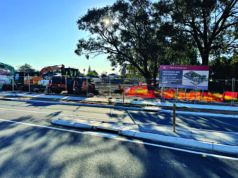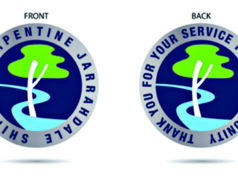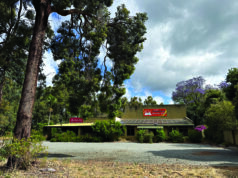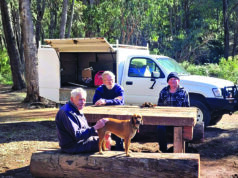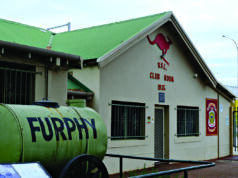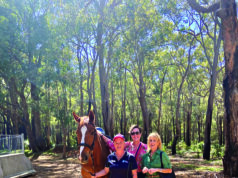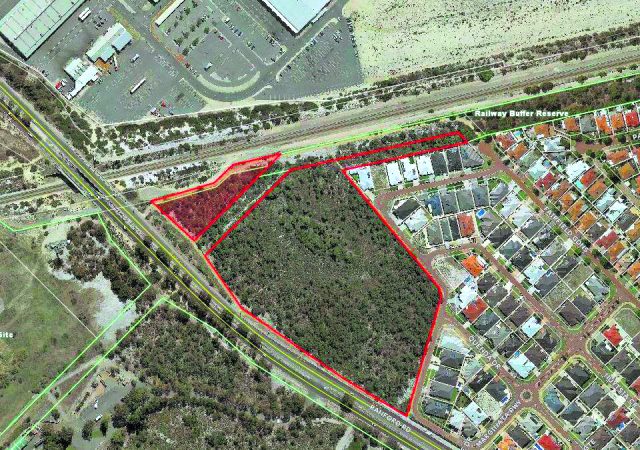
A City of Canning report has been released on two proposed train stations, identifying improved traffic conditions on major roads as one outcome but warned existing infrastructure and bushland could pose issues for the developments.
As part of the Metronet plan for the Thornlie Rail Line extension to Cockburn Central Station, the State Government proposed building train stations on Nicholson and Ranford Roads.
In July the City of Canning council requested an investigation into how best to prepare for the developments, which will impact both Canning and the City of Gosnells.
The report was delivered to council on November 14 and the two city’s officers said they expected the new stations would reduce congestion on the major roads, as more drivers would be expected to take the train to work.
The officers also said that would mean costly upgrades to those roads could potentially be delayed.
The report identified a bus lane would be developed along Ranford Road heading north, as well as an adjacent bicycle and pedestrian shared path and bridge.
However the city said the proximity of the existing Waste Transfer Station, which is next to the proposed Ranford Train Station site, needed to be taken into consideration.

It said there had been concerns for accessibility into the Waste Transfer Station due to the expected popularity of the train station’s planned car park.
The city also identified concerns about how a potential future widening of the Ranford Road bridge could impact a nearby bush conservation area.
The report noted concerns the area the train station would be built on could be contaminated as it was previously used as a landfill site, but the city said it would work with the State Government to reduce any impact on native vegetation a bridge widening would have and would investigate the Waste Transfer Station contaminated land issues further.


